1980s design goes from scorned to adored
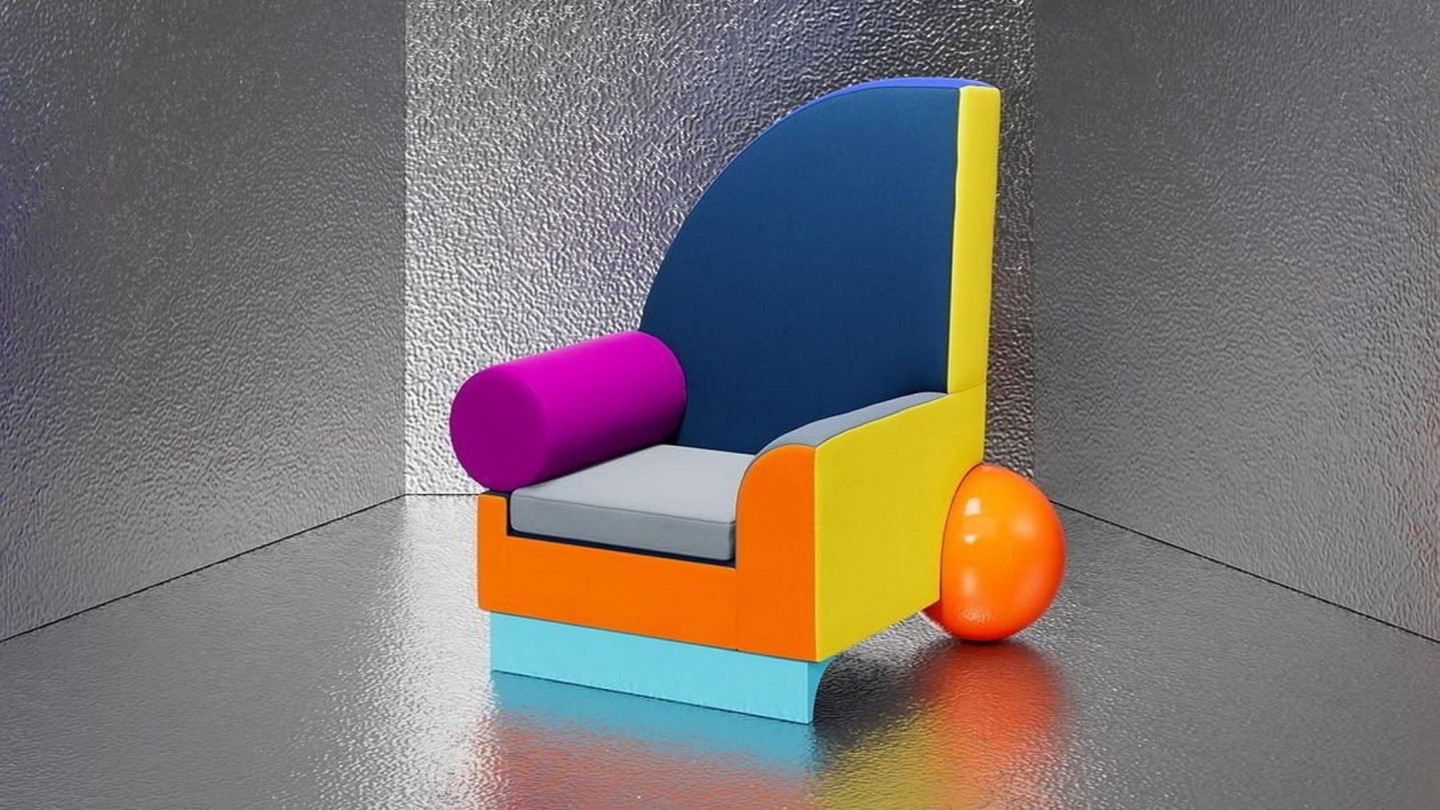
Roula Khalaf, Editor of the FT, selects her favourite stories in this weekly newsletter.
If the best furniture communicates the times in which it was made, then the 1980s offers up rich pickings, particularly in Europe. From 1980 to 1987 the members of Milan’s Memphis Group were busy rejecting its country’s brutalist, minimalist, industrial postwar design narrative, instead creating furniture in radical shapes, colours and hectic laminate finishes that defied contemporary notions of good taste. Britain’s roiling anxiety — the result of all-pervasive economic, social and political destabilisation — underpinned work made from salvaged remains: a car seat turned into an armchair in the case of Ron Arad; rococo confections of bicycle inner tubes and scaffolding clamps for Tom Dixon.
Dystopia had its own design. At a distance of 40 years, what might have been seen as kitsch and shouty (Memphis) or male and messy (creative salvage) is taking on a new value for collectors, as exhibitors at the Tefaf art and antiques fair are showing.
In France, creativity had been placed at the top of the agenda by government decree in the 1980s. President François Mitterrand and his culture minister Jack Lang gave structured governmental support to fashion, furniture and graphic design. “It was the last decade of flamboyant happiness. Colour was back, and wild figures and forms,” says Arnaud Cornette de Saint Cyr, chief executive of the eponymous Parisian auction house, which in 2022 was acquired by Bonhams.
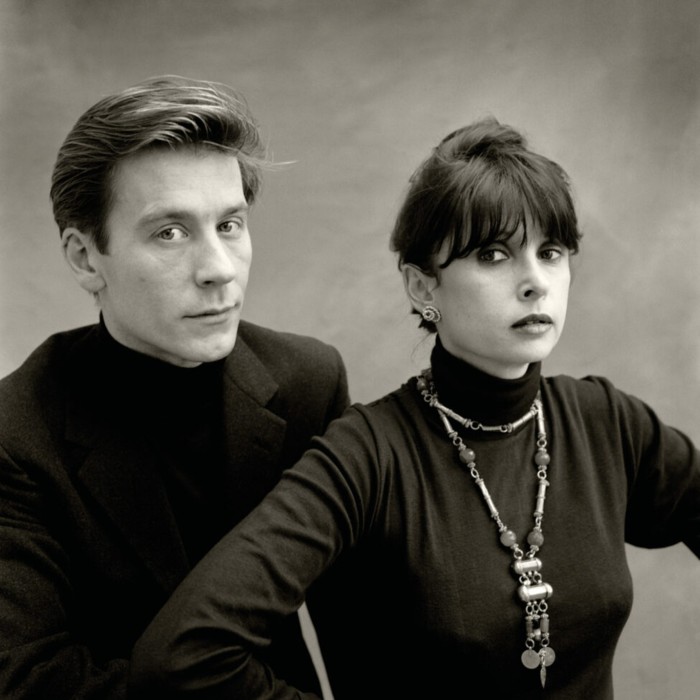
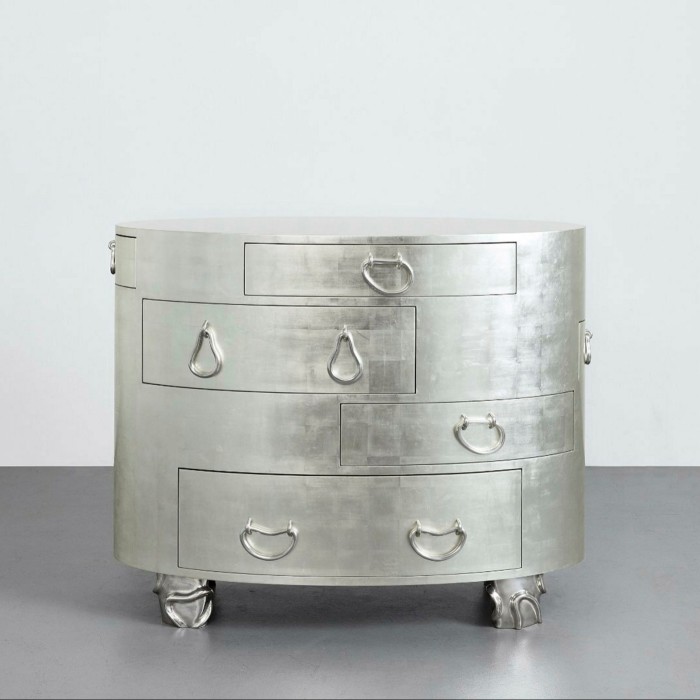
Cornette de Saint Cyr recalls how creatives gathered at Le Palace, a nightclub opened by Fabrice Emaer in 1978 in a beautifully dilapidated cinema. With an interior partly designed by Elisabeth Garouste and Mattia Bonetti, it competed with Studio 54 for decadence, but in true French style it had a political edge too. The editor of the leftwing Libération newspaper reported from its front lines; Roland Barthes liked to pop in; it was seen as a crucible of gay liberation. Garouste and Bonetti went on to design couturier Christian Lacroix’s “salons” (not shops) and developed a style rich in decoration, sensuality and references to tribal art. David Gill is showing their oval KawaKuBo cabinet at Tefaf, designed a little later in 1994 and finished in white-gold leaf, with an Art Deco resonance that bears witness to France’s own design history.
“It takes time for people to evaluate design,” says Gill. But now, analysed through the lens of history, a market for the more fanciful forms and ideological edge of the 1980s is beginning to emerge. Work by Ettore Sottsass, the founder of Memphis, has long been sought after, and peers including Alessandro Mendini are becoming expensive to acquire. “We have a Kandissi sofa and an Ondoso table by Mendini in our design sale in London on May 2,” says Domenico Raimondo of Phillips auction house. “I’m a great believer in this period, now it can be recontextualised to be seen as a time of serious artistic progress in design.” Mendini certainly set out to shock the bourgeoisie with the Kandissi — a riot of jagged blue, red and green panels and wavy-patterned upholstery — which now presents like a multicoloured sculptural explosion.
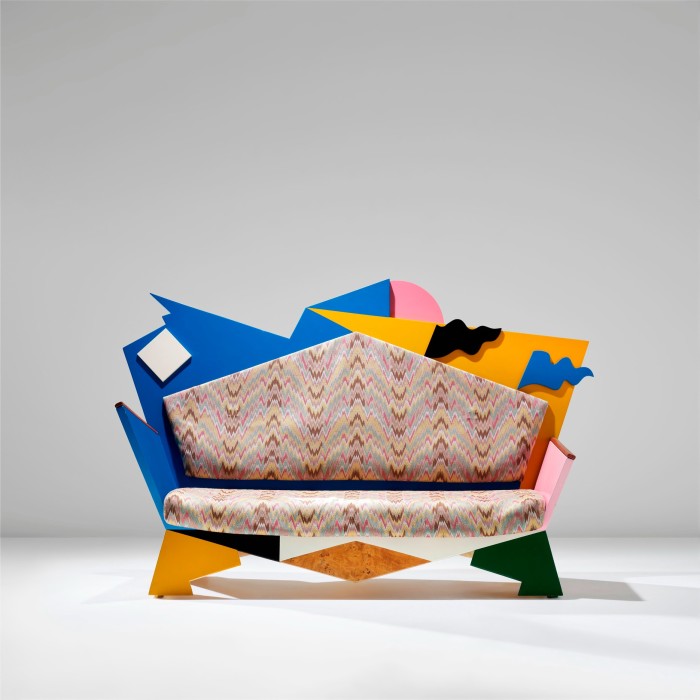
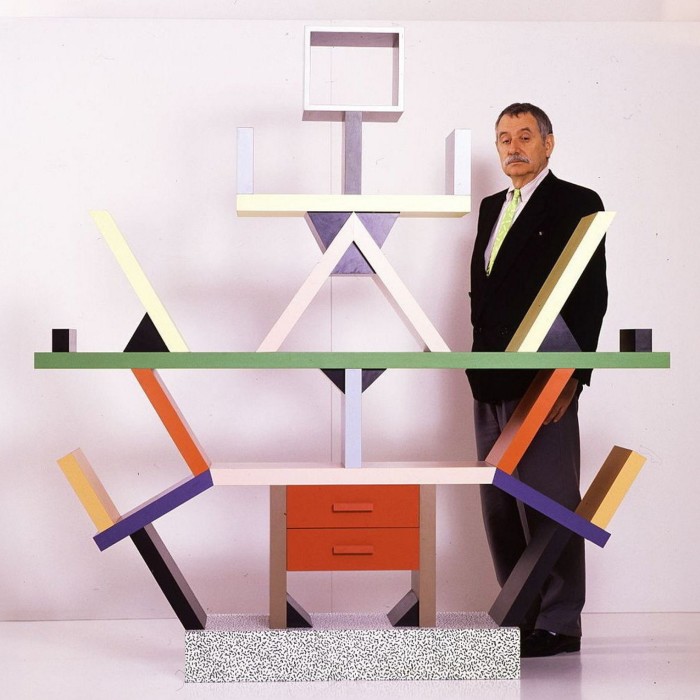
Design in the 1980s was in part a reaction to the flourishing of the furniture industry after the second world war as populations rebuilt their lives. Paolo Pallucco responded to this with a critique of an industry benefiting from the travails of war: he designed a table that looked like a tank; a chair like a machine gun. “His furniture tells a story,” says 30-year-old Paul Bourdet, who will be showing the designer at Tefaf with gallery partner Charlotte Ketabi-Lebard. “It makes fun of the masculine Modernism that was around.”
Pallucco’s most famous piece, a low-slung minimalist chair in metal and leather called Barba d’Argento (designed with Mireille Rivier), recently made €12,500 at a small German auction house. Bourdet, however, is showing the designer’s last work: nine chairs from a series called 100 sedie in una notte made in 1990. Pallucco had closed his factory by then and instead made these items in wood, painted black. With their dramatically curved backs, swooping arms and slender expressive legs, they look like dancers silhouetted on a stage.
“The great thing about the Eighties is that there’s a lot out there awaiting discovery,” says art adviser Simon Andrews. He cites the “slightly peculiar” Experiment chair by the Finnish designer Yrjö Kukkapuro from 1982. Its Breuer-like frame and leather-upholstered seat conform to the norms, but it is embellished with a wavy metal arm in a bright colour. Prices are around €3,000-€4,000.
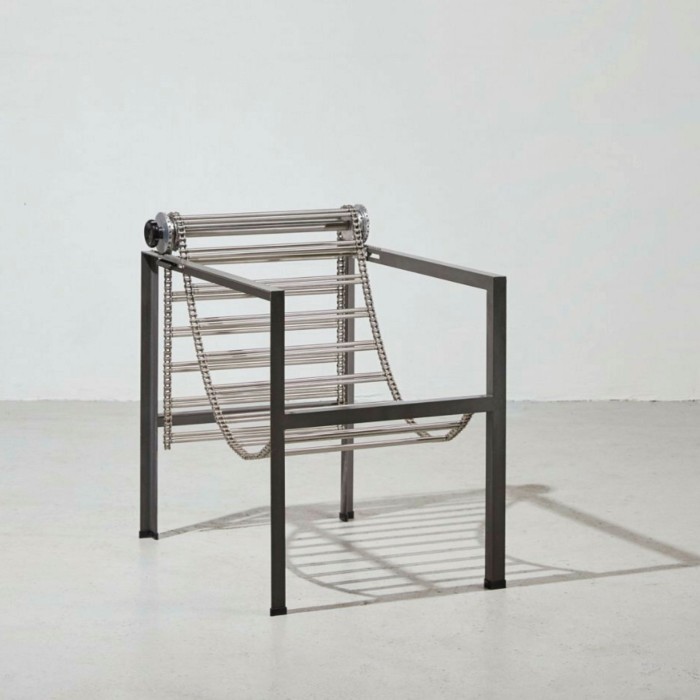
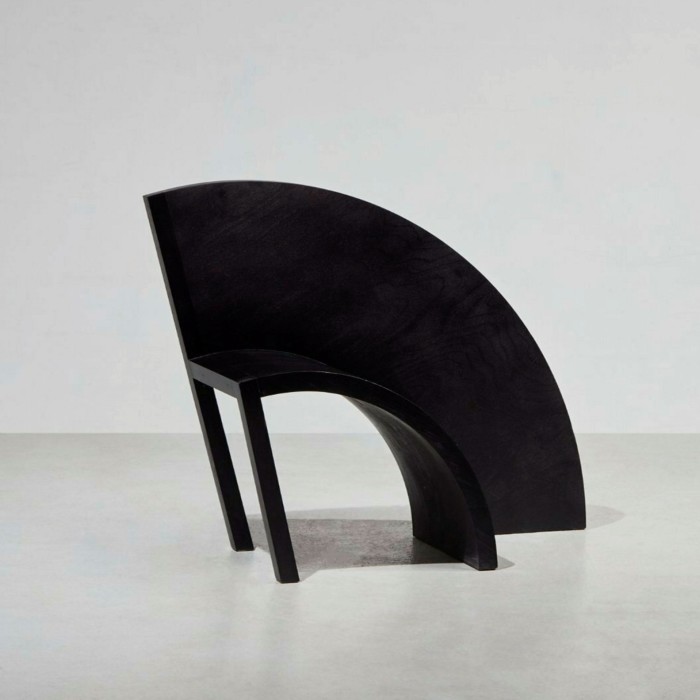
In September 2023, Bonhams Cornette de Saint Cyr staged a sale of exclusively 1980s design. It was partly inspired by the success of Années 80s — an exhibition of French design that opened at the Musée des Arts Décoratifs in Paris in October 2022. A trip down memory lane for some, it served as an introduction to the period for Gens Z and Alpha. “We found that the sale attracted much younger buyers — people in their thirties and forties — and 40 per cent of them were new customers,” says Cornette de St Cyr. “You can still buy some emblematic pieces for €5,000 or €7,000, and you’re starting to see the work in the decorating magazines now, and that shapes people’s taste.”
But interested parties should move fast. In September last year, a set of three prototype stools by Philippe Starck sold at Bonhams for more than seven times their estimate of €2,500. Start looking now.
Tefaf runs March 9-14, tefaf.com
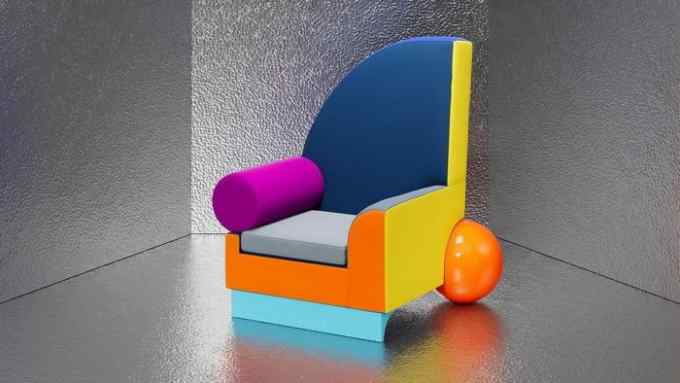
Comments